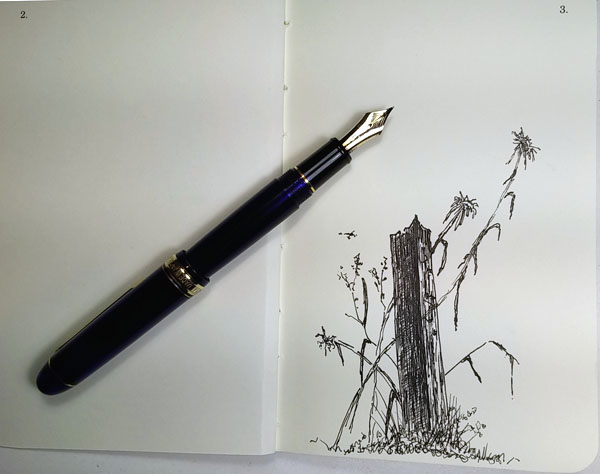First it was arthritis. Then it was atrial fibrillation. Then my leg blew up to the size of a telephone pole (slight exaggeration for effect). That turned out to be osteoarthritis in my knee and a long set of physio treatments. Then it became a steady stream of doctor’s appointments. This torture just would not end, but it has, sort of.
As long as I fill my gut with pills twice a day, my heart is under control, my arthritis is only problem on really “bad” days, and I’m getting used to not walking as far as I’d like and doing so with a limp. Things are looking up.
It got better when my doctor informed me that I have type 2 diabetes. I guess that was the dessert after my months of dining on medical treatments. But you know what? That’s good news. For the past half a year I’ve been very fatigued, having less and less energy. Initially I attributed it to all those doctor visits but eventually concluded that it was just cuz this was what “old” felt like. It wasn’t an encouraging prognosis. But, eliminating the cookies (my favorite thing) and adding a couple more pills to my diet and I’ve gotten my energy back. I call that a win.
So enough about health, let’s talk about my new toy, the Pilot Cavalier fountain pen. When I got mine I couldn’t find one in North America so I bought through a third-party vendor via Amazon. But Jet Pens now stocks them in several colours.
I bought this pen because I enjoy quick-sketching with my Kaweco Lilliput but find the screwing and unscrewing its cap to be sort of annoying when I’m wanting to quickly sketch someone in the food court. One thing I like a lot about the Lilliput, however, is that it’s got a pencil-size diameter and it’s very light.
The Cavalier has both of those attributes associated with a standard length pen. The cap snaps in place nicely and seals well. It also posts well, something I have to have in a sketching pen or I’d lose the cap. Because it’s a Pilot pen, the steel nib provides a smooth feel.
This pen accepts Pilot cartridges but one problem is that the barrel of the pen is just narrow enough that you can’t use Pilot’s CON-50 converter so I have use a syringe to get waterproof ink into empty Pilot cartridges. It’s said that you can use the CON-20 converter (the rubber bulb-style converter in it but I like syringe filling so I haven’t tried that. This pen has found a place in my pen quiver, mostly for quick-sketching food court people. Here’s a sketch I did while test-driving it. This was also the beginning of a new Stillman & Birn Alpha softcover (5.5×8.5). I haven’t used this format in quite some time and thought it might be a good idea.

















